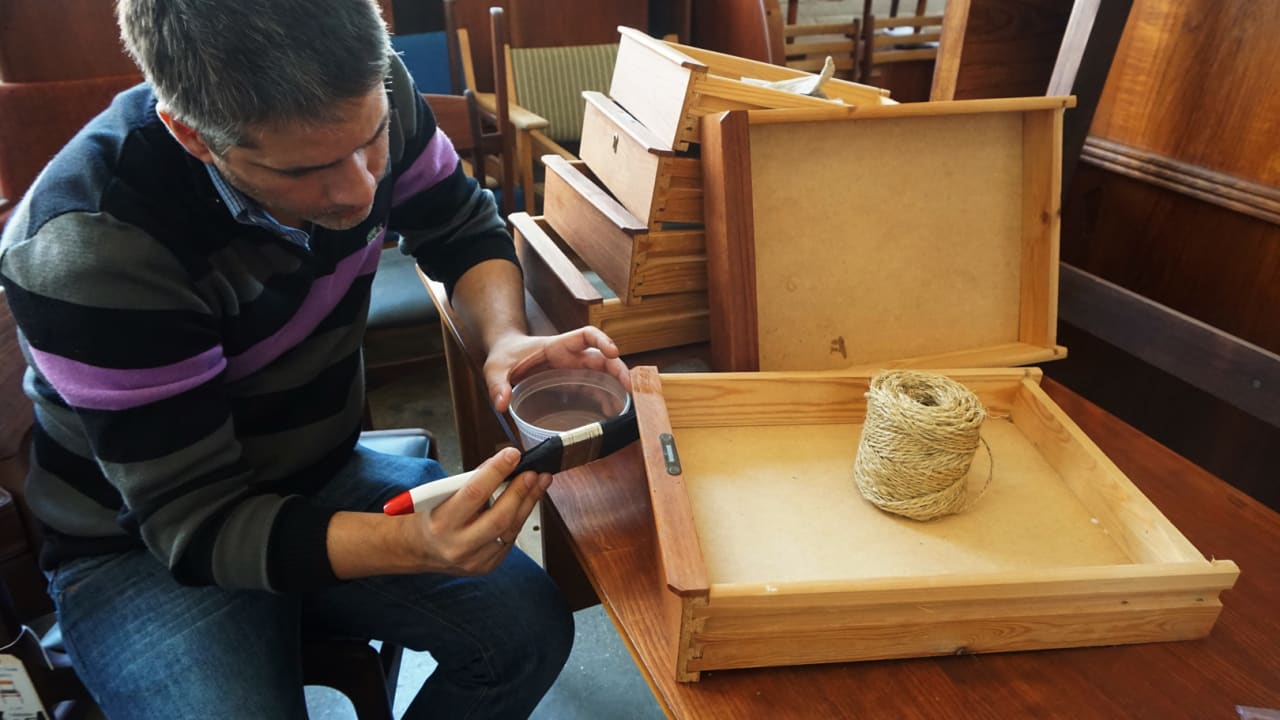
Danes don’t want their vintage furniture. This company has upcycled 10
A lot less than a mile absent from the Hudson River, an imposing industrial elaborate in Jersey Metropolis, N.J., hides a trove of classic Danish furniture. Inside of, I’m welcomed by a sign, pinned to a quintessentially industrial flared column. It reads “Lanoba Structure,” the words and phrases flanked by a black outline of a mid-century modern-looking chair and an arrow pointing to the left.
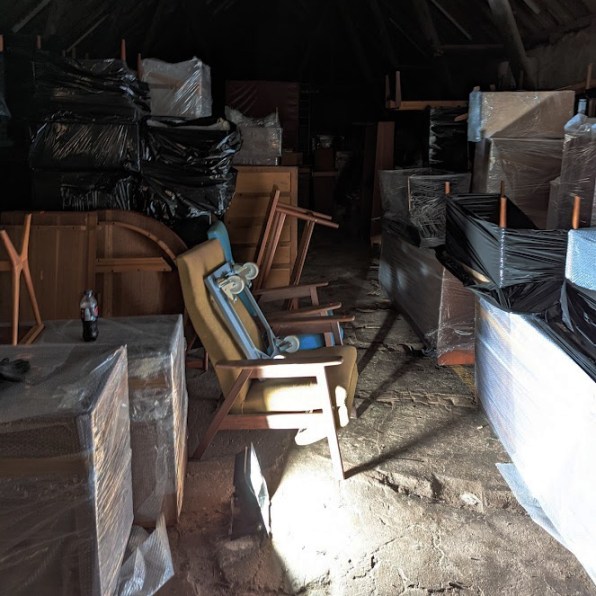
Lanoba Style and design is the brainchild of Danish entrepreneur Lars Noah Balderskilde and his spouse and business enterprise husband or wife, David Singh. Each year given that 2016, Balderskilde has flown household to Denmark to hunt down midcentury Danish home furnishings, combing flea markets, knocking on people’s doorways, and scavenging the streets for discarded home furniture. He then packs them into massive containers and ships them to the U.S., where he and Singh refurbish and resell them to avid American buyers.
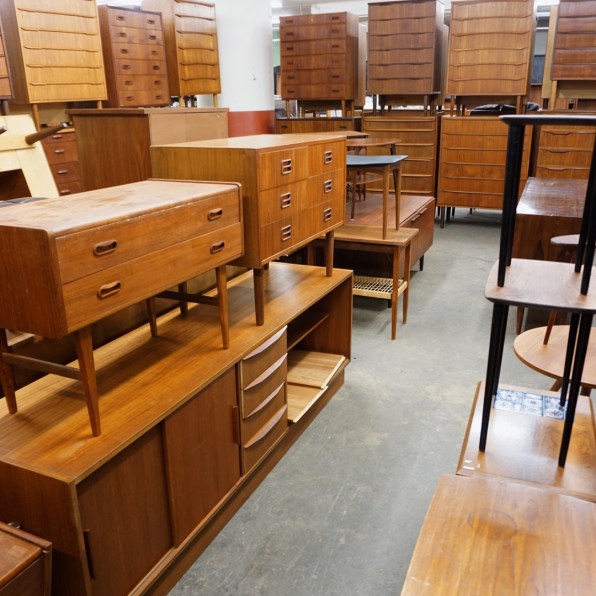
In five many years, Balderskilde has salvaged extra than 10,000 pieces. If a person’s trash is a further person’s treasure, then Lanoba Design (an amalgamation of Balderskilde’s initials) has mastered the artwork of treasure looking. But in a planet where People throw out a lot more than 12 million tons of furniture per calendar year, it has also championed round style by respiration new lifetime in Danish castoffs, carving by itself a cozy (dare I say hygge) market in an oversaturated household furniture marketplace.
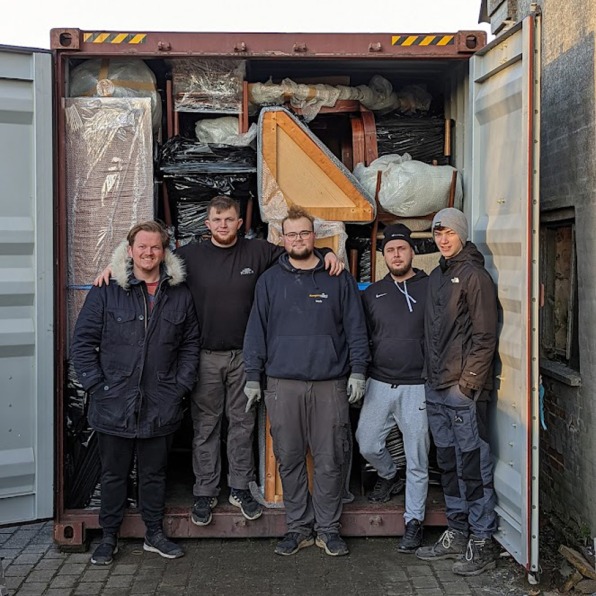
Balderskilde has been into vintage furniture ever given that he was small. “We would hardly ever go to an amusement park but to the flea current market,” he says, and his brother taught him all the things he is aware about refurbishing Danish furnishings. But it was not till many years later, when Balderskilde and Singh moved to Chicago and noticed how much Danish furniture items went for at flea marketplaces that they realized this could be a enterprise opportunity.
The warehouse in New Jersey is a cornucopia of rosewood desks for $1,095, teak cabinets for $995, nightstands for $595, tables, chairs, dressers, and myriad other Danish mid-century modern-day gems. Some are refurbished and exhibited like in a showroom, complete with Danish pendant lights. Many others are piled up in one particular corner of the warehouse, waiting around to be introduced back again to life.
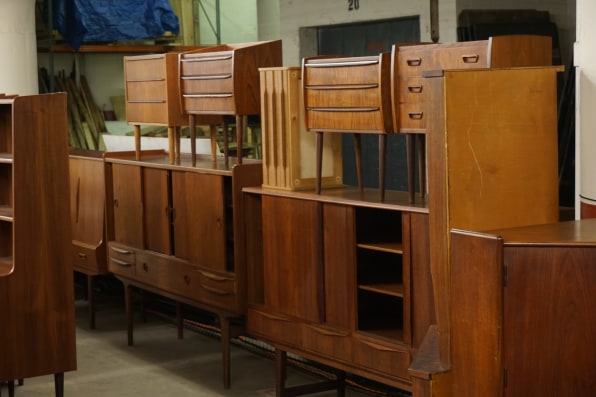
When I visited in December, dusty desks and miscellaneous furniture pieces had been stacked up to a few desks higher. The warehouse is open to guests on weekends, when persons line up to get in touch with very first dibs on pieces. (Through 2020 lockdowns, desks had been traveling off the shelves—”We bought 150 desks in 3 weeks,” states Singh.)
You can get a piece as is, or fork out about 20{6b977529af4b490fe19a3f85472c6203ccfa467a56646e317a890c6580e8b827} much more for a fully refurbished piece that seems as great as new. Items are deep-cleaned, sanded, and fixed joints are tightened and chairs are re-upholstered. Balderskilde says it can acquire anyplace from 3 hours to two times to refurbish an product. For him, it’s as significantly about restoring a piece of home furnishings as it is about preserving component of Danish structure record.
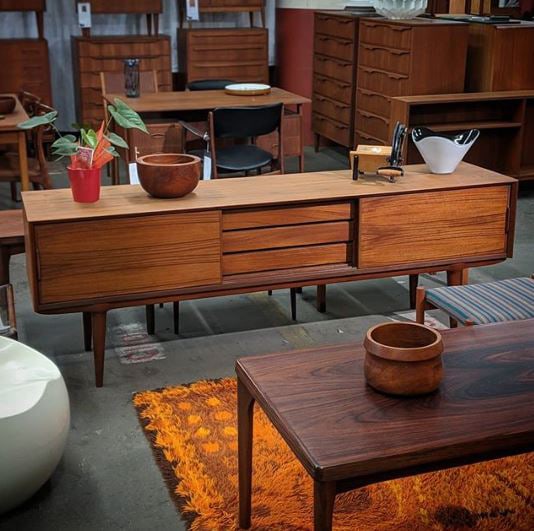
In truth, each one product in this warehouse will come with a story. “There are some parts wherever I can say: this arrived from Matilda’s property, and she acquired it as a marriage reward, and she experienced it for 60 many years, and it was sitting in her living room,” says Singh. Most products, even though, Balderskilde finds in people’s basements, attics, or garages. He states Danish properties are now sleeker and modern, and quite a few Danes check out these vintage items as “old grandma furniture” that no more time fits in with their aesthetic preferences.
Danes may possibly no extended like their heirlooms, but they know their price. “Fifteen to twenty many years back these items didn’t imply everything to Danes,” says Balderskilde. “If you experienced household furniture to get rid of, thrift shops rejected it.” For far better or even worse, things are shifting and desire has been growing steadily, generally from the U.S. but also Southeast Asia, where by Balderskilde claims Danish furniture is delivered en masse. As a final result, the stock is rapid dwindling and price ranges are skyrocketing. “In 4 to five a long time, we are likely to be at the conclusion of the resource,” states Balderskilde, right after which they are going to have to make your mind up no matter whether to concentration on a various period or improve training course completely.
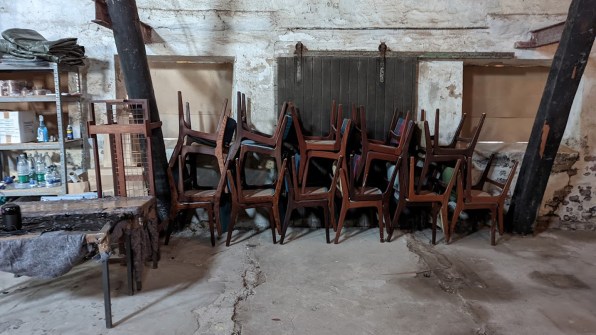
As opposed to most other Danish home furnishings parts in the U.S., which day back again to the ’70s, Lanoba Style and design specializes in rosewood and teak parts that have been produced amongst the late 1940s and 1960s. “I like the more mature things a little bit a lot more,” states Balderskilde. With the ’70s export increase, he claims, Danish home furnishings was developed to be sent exterior the state, so it turned far more mass-manufactured and some consideration to element and excellent bought misplaced alongside the way.
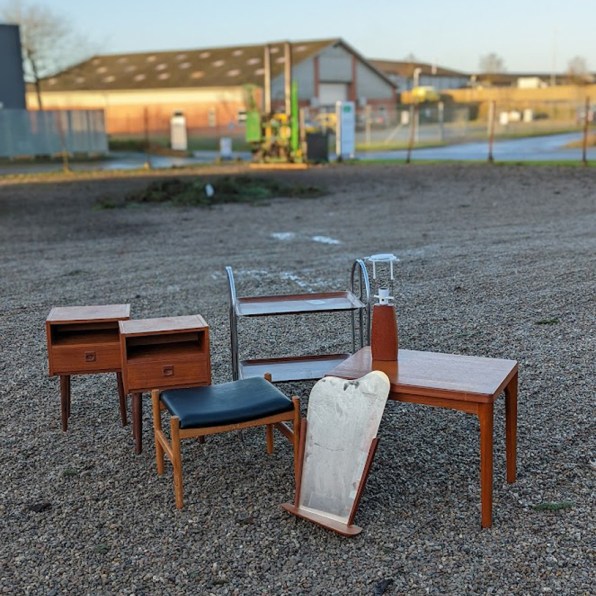
But American obsession with Danish home furniture has been escalating ever considering that. In accordance to Balderskilde, that is for the reason that you get one thing one of a kind, but also because Danish household furniture is compact and multi-practical. It was created to in good shape lesser living quarters like those people in Denmark, but also cities like New York, in which most of Lanoba’s clientele is from. (They used to ship nationwide but they have given that minimize again to the tri-state space.) Almost each and every eating desk at Lanoba will come with an sophisticated set of leaves that prolong to sort a more substantial floor. I also found a astonishing variety of pleasant corner bookshelves match for a cozy Manhattan studio. “The plan constantly was that men and women were being going to keep their furnishings for 60 a long time,” claims Singh, emphasizing the relevance of utility. “It was not rapid furnishings.”
In quite a few methods, Lanoba is the antithesis of speedy furnishings. By respiration new life into household furniture items that are currently built, the designers are chopping the environmental effects connected with creating new items from scratch. The delivery side of the enterprise might incorporate to the company’s carbon footprint, but most pieces we get now previously travel thousands of miles, primarily from Southeast Asia, so the design would only be crushed by a furniture enterprise that resources materials and manufactures every little thing in the U.S. “Where we save on footprint is that we really don’t have to reproduce new items,” claims Balderskilde.
